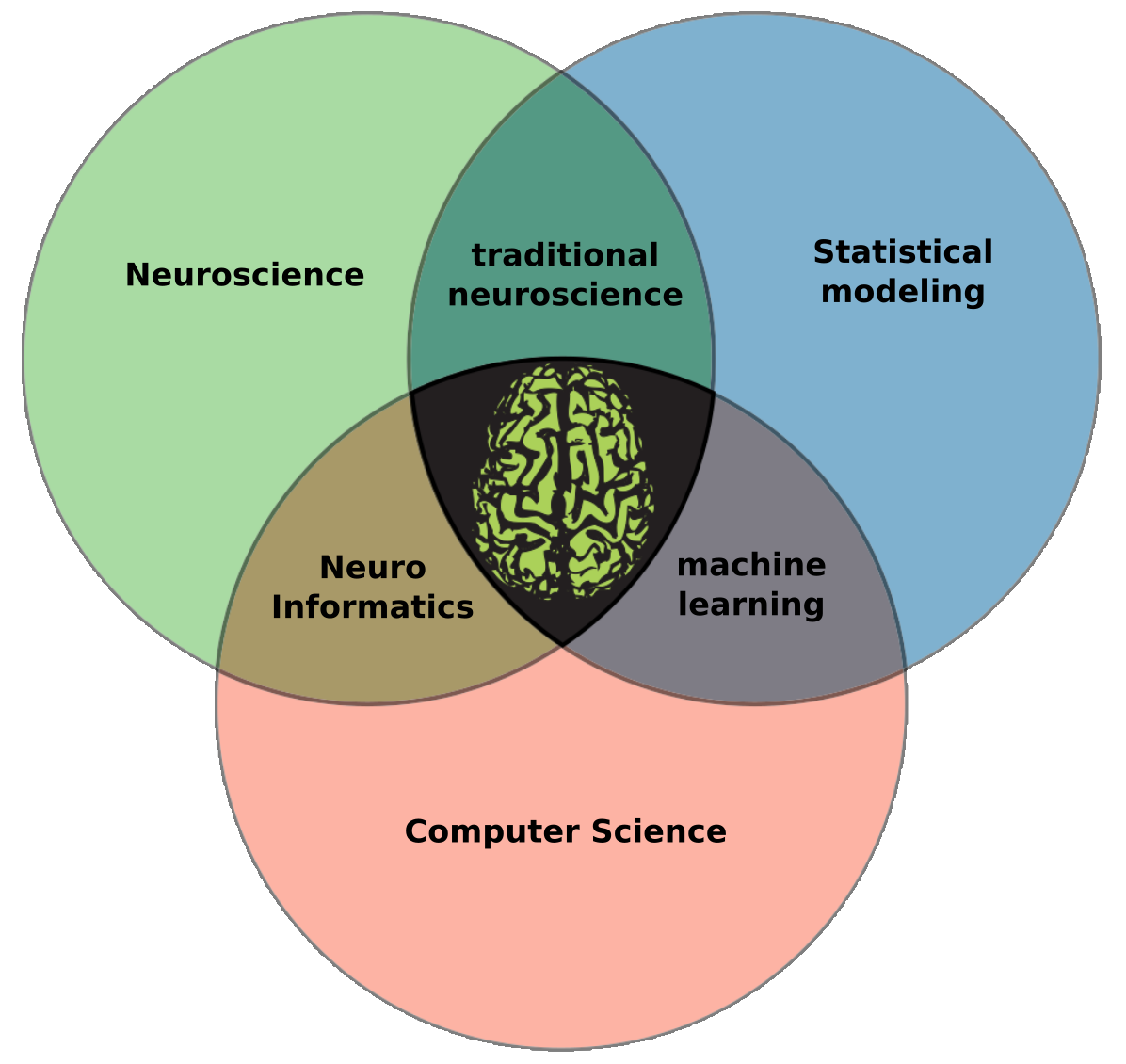Bio¶
Tip
Great Data Science is built on great engineering.
The path from neuroscience to technology leadership is well-traveled. Consider the creators of Scikit-Learn, who were all neuroscientists. They needed a robust machine learning library to analyze their MRI and MEG data, and their solution became one of the most widely-used tools in data science today.
This is no coincidence. Neuroscience demands mastery across multiple technical domains:
To process neuroimaging data, you need a strong foundation in linear algebra, calculus, and signal processing.
To handle large datasets, you must know how to write efficient code and manage memory.
To understand your data, you need to design experiments and employ both classical statistical and modern machine learning techniques.
To communicate your findings, you need to convey the narrative in your data, for audiences ranging from technical specialists to practitioners.

A neuroscientists intersection.¶
I am very grateful for my doctoral training in neuroscience, which provided hands-on experience with each of these challenges. Now, at USC, I research at the intersection of machine learning, scientific computing, and neuroscience.